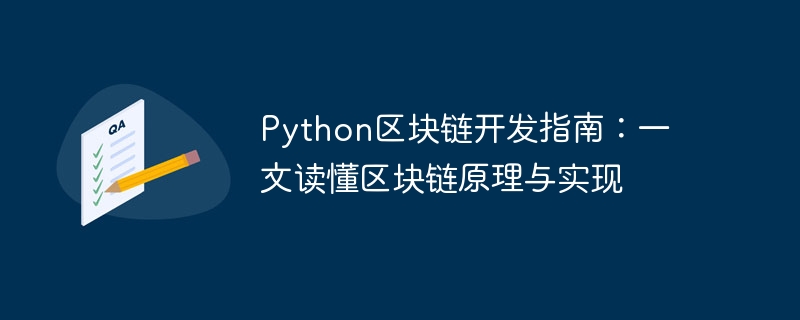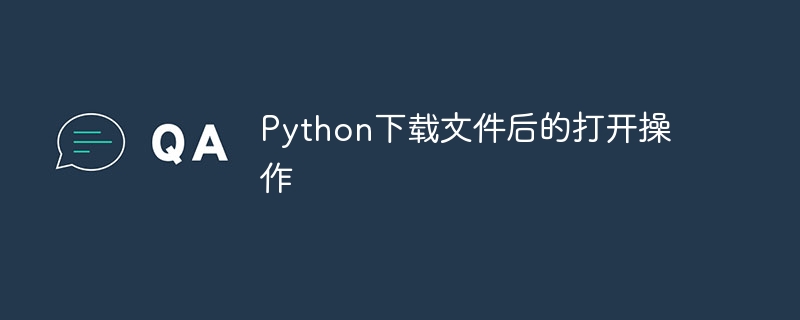
区块链是一种分布式数据库,它将数据存储在多个节点上,而不是存储在一个中央服务器上。这使得区块链具有很强的安全性,因为攻击者无法通过攻击一个节点来窃取数据。
区块链中的数据以区块的形式存储。每个区块包含一个哈希值、前一个区块的哈希值、时间戳和交易数据。哈希值是一个唯一标识符,它可以用来验证区块的完整性。
区块链是一个不断增长的链条,每个新区块都添加到链的末尾。这使得区块链具有很强的抗篡改性,因为一旦一个区块被添加到链中,它就无法被修改。
使用Python实现区块链相对简单。我们可以使用Python的内置模块hashlib来计算哈希值,使用datetime模块来获取时间戳,并使用JSON模块来存储交易数据。
下面是一个简单的Python区块链实现:
import hashlib
import datetime
import json
class Block:
def __init__(self, index, timestamp, data, previous_hash):
self.index = index
self.timestamp = timestamp
self.data = data
self.previous_hash = previous_hash
self.hash = self.calculate_hash()
def calculate_hash(self):
block_string = json.dumps(self.__dict__, sort_keys=True)
return hashlib.sha256(block_string.encode()).hexdigest()
def __repr__(self):
return f"Block {self.index} ({self.hash})"
class Blockchain:
def __init__(self):
self.chain = []
self.create_genesis_block()
def create_genesis_block(self):
genesis_block = Block(0, datetime.datetime.now(), [], "0")
self.chain.append(genesis_block)
def add_block(self, data):
previous_block = self.chain[-1]
new_block = Block(previous_block.index + 1, datetime.datetime.now(), data, previous_block.hash)
self.chain.append(new_block)
def is_valid(self):
for i in range(1, len(self.chain)):
current_block = self.chain[i]
previous_block = self.chain[i - 1]
if current_block.hash != current_block.calculate_hash():
return False
if current_block.previous_hash != previous_block.hash:
return False
return True
if __name__ == "__main__":
blockchain = Blockchain()
blockchain.add_block("Hello, world!")
blockchain.add_block("This is a test.")
print(blockchain.chain)
这个简单的区块链实现只包含了最基本的功能。在实际应用中,区块链还需要实现更多的功能,例如智能合约、共识机制等。
区块链技术正在迅速发展,它有望在未来几年内对各行各业产生重大影响。Python凭借其强大的编程功能和丰富的库支持,已经成为区块链开发的理想选择。本文介绍了区块链的基本原理,并演示了如何使用Python实现区块链。希望本文能够帮助您入门区块链开发。





